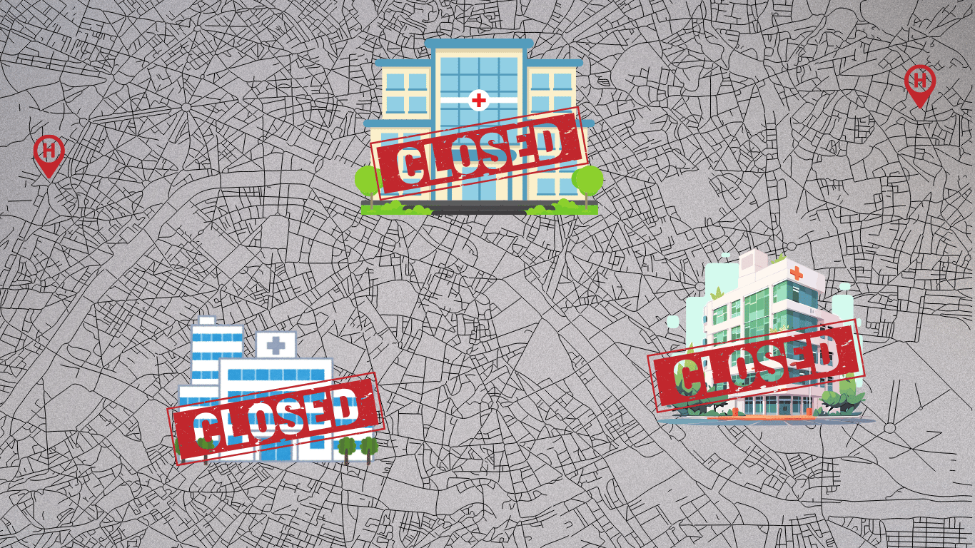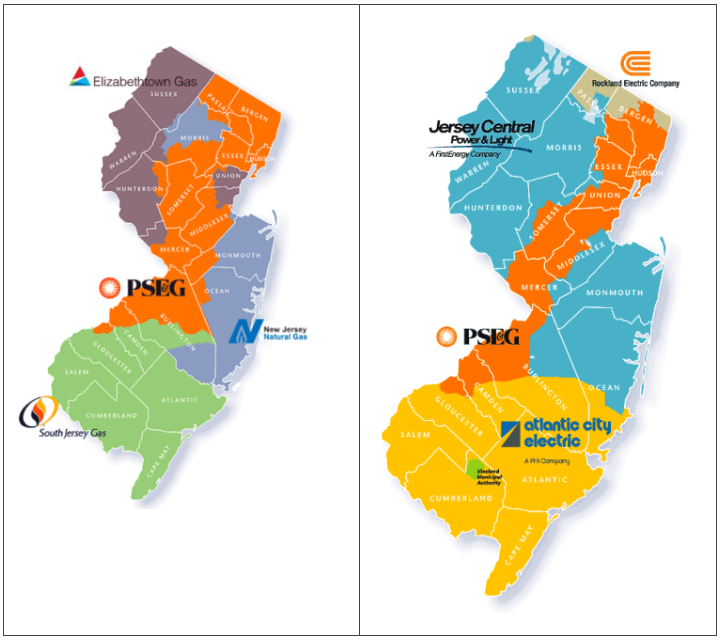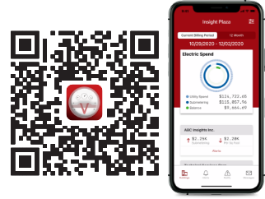Free Money, Lower Bills: How to Maximize Your Facility's Funding Potential
The insider's guide to leveraging energy efficiency incentives
The cheapest energy is energy you don't use. But how do hospitals – already operating on razor-thin margins – get the capital to upgrade to more efficient infrastructure?
If you're located in New Jersey, real financial help is available from the Triennium energy efficiency program. Let’s take a look at what the current phase of the program, Triennium 2, offers for both New Jersey and the nation.
Background on the Triennium Program
The Triennium efficiency program began in 2022 and runs in ~ three-year cycles.
- Triennium 1 had a $1.8 billion budget to establish a portfolio of programs across the state.
- Triennium 2 began in January 2025 and runs through July 1, 2027, with a budget of $3.8 billion. Major infrastructure improvements for hospitals and heavy industry are allocated through utility-administered T2 programs approved by the NJ Board of Public Utilities (BPU).
- The specific elements of Triennium 3 haven't been decided yet. Public comments regarding T3 closed in July. (Click here to read submissions, including ours.)
What's notable about Triennium is how well it benefits all stakeholders, including the public. The property is able to defer the capital costs of installing efficiency upgrades and lower its energy consumption and utility costs right away. The utility benefits from lower, more predictable demand, and the community benefits through jobs, better healthcare access (because hospitals are less likely to close), cleaner air, and a more stable energy supply.
How Do Triennium's Utility-Administered Financing Programs Work?
As you may know, financing programs like Triennium begin with an investment-grade audit, or IGA. The purpose of the IGA – which is free, BTW – is to determine if the proposal meets the program’s ROI criteria. If it does, the utility fronts the money for the improvements, a portion of which is paid back through utility savings.
That's right: The property doesn’t pay a dime until everything’s installed and commissioned, and then usually the property is responsible for 50% of the project’s costs through on-bill financing, and the other 50% is a pure grant.
(Both PSE&G and New Jersey Natural Gas offer on-bill financing in their programs. Other payback plans also exist, but on-bill financing, where the property pays a portion of its obligation every month, has been the most successful.)

Source: NJ Clean Energy Program
So How Do You Get a Funding Plan Approved
Unsurprisingly, qualifying for free money is complicated. But it can be done.
The audit – remember, it’s free! – will provide a wealth of ideas about specific and overall plant efficiency opportunities. You can’t apply to do them all. But you can pick and choose from the auditors’ list, mixing what you’re in dire need of (like a new chiller) with some easier, lighter wins (like new lighting on the parking deck) to get the entire project under the program's ROI threshold.
The main consideration is that you make a strong business case that your proposal meets the program's criteria. The most successful way to do that is to with hard data, such as – SURPRISE – submetering.
How Does Submetering Help Properties With Incentives Like the Triennium Program?
Submetering is particularly important in incentive programs like Triennium for a couple of reasons:
1. Submetering provides the necessary measurement and verification (M&V) on what the improvements actually achieved. This data is used to determine how much you have to pay back. Save more, pay less!
2. Submetering provides the data you need to push back on audit assumptions. The audit may state that a new chiller will only increase your efficiency by 15%, based on industry estimates of your efficiency and the manufacturer’s data. That might not be enough for your site to qualify. However, with real data about your specific site, you can argue against the industry estimate and show that in your case you can expect a 25% lift. Suddenly, you’re a lot closer to getting approval.
Pushing Back Is Part of the Process
Is it wrong to challenge the audit? Absolutely not. Too often, the IGA is taken as a checklist when it’s actually a menu. By drilling down into the IGA, capturing real data, and spelling out exactly what you’re going to change and exactly how you’ll calculate your results, you can build a convincing argument.
For example, the IGA may state that you’ll only save 10% by changing your chiller. But by submetering, you can measure exactly what it costs you right now to produce a ton of air conditioning. Then, some good systems analysis can determine exactly what changes you can make to get you to a 30% increase in efficiency and exactly what steps you’ll take to get there. This is how you achieve a $21 million grant.
Can this work be done by your on-site team? Likely no – they neither have the time nor the training to make the full business case for your site. But if you partner with experts, it can be done, to everyone’s benefit.
Remember, this money has already been allocated by the BPU. It's literally sitting there, waiting to be distributed. If you’re in New Jersey, isn’t it time to show your board that your operations equipment has as much – or more – potential to improve your bottom line as a new MRI?
And if you’re not in NJ, keep an eye on T2 and T3. Continued success of the Triennium program may encourage similar programs in other areas. Wouldn’t that be a good problem to have?
You Might Like
About utiliVisor
Your tenant submetering and energy plant optimization services are an essential part of your operation. You deserve personalized energy insights from a team that knows buildings from the inside out, applies IoT technology and is energized by providing you with accurate data and energy optimization insights. When you need experience, expertise, and service, you need utiliVisor on your side, delivering consistent energy and cost-saving strategies to you. What more can our 45+ years of experience and historical data do for you? Call utiliVisor at 212-260-4800 or visit utilivisor.com



